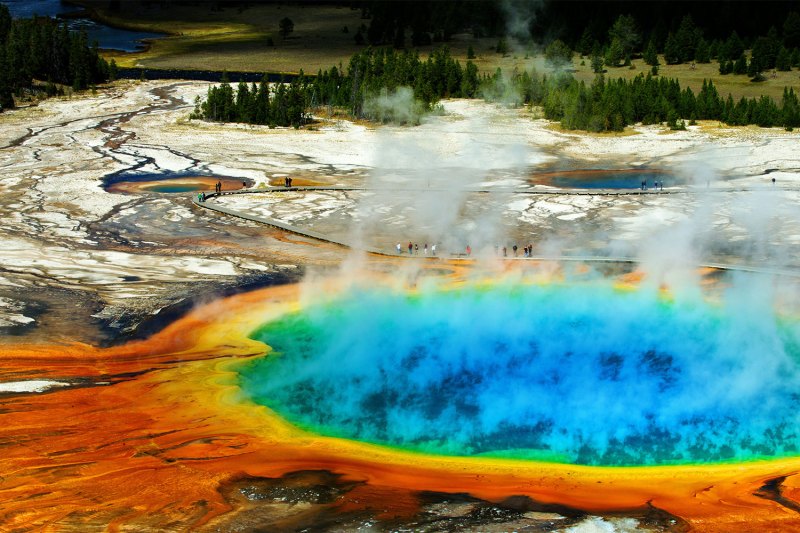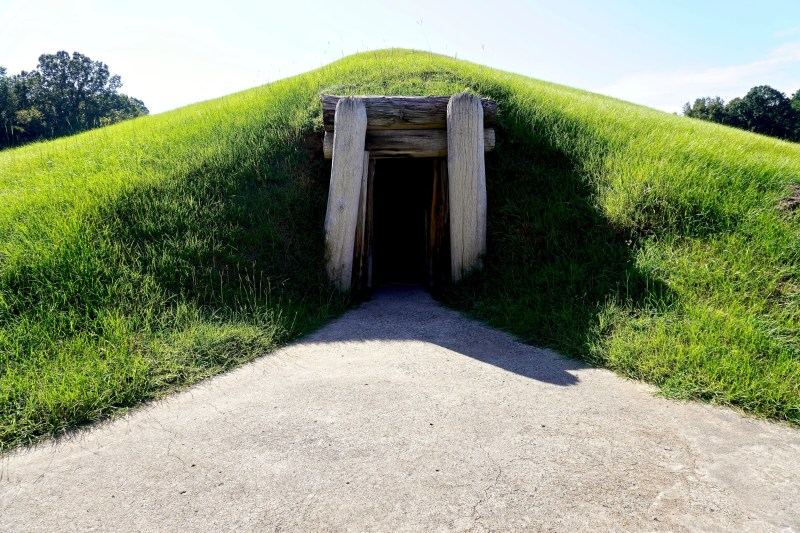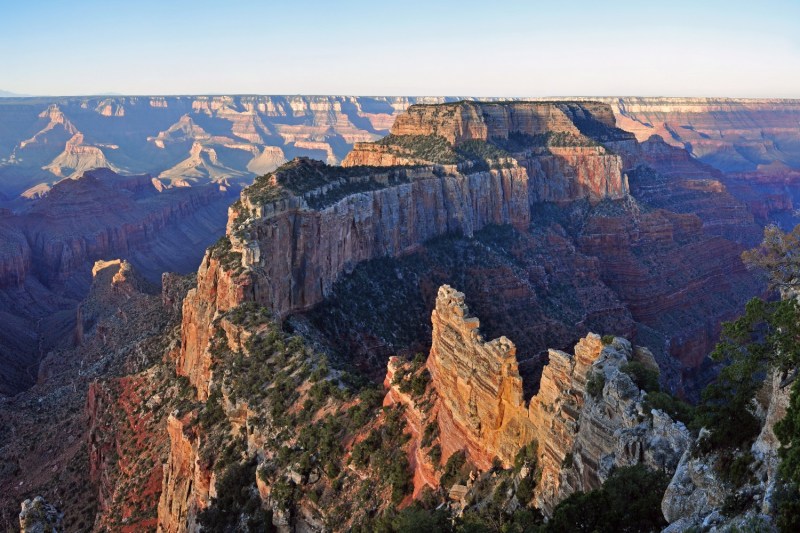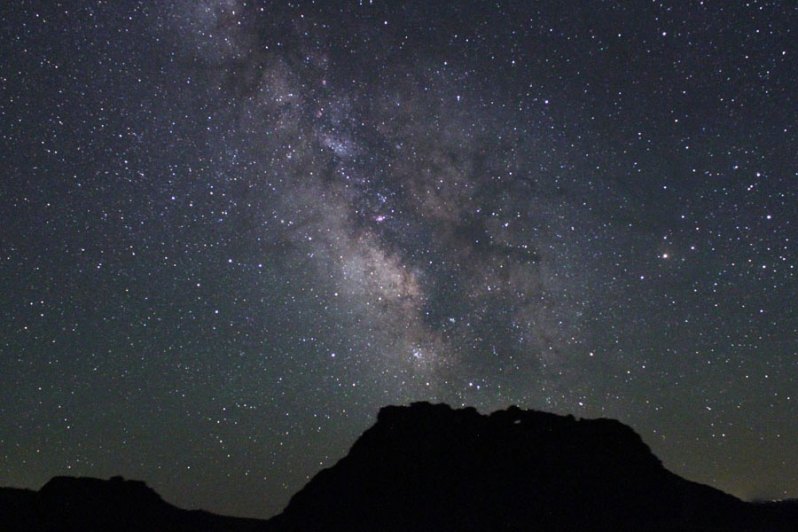Most of us know that Yellowstone was the first National Park in the U.S. But do you know what the newest National Park is? Well, the 64th park in America is about to be named and there are several worthy candidates throughout the land. Here’s what to know.
Presently, there are seven areas within the country vying to be named the next great National Park. The locations span the U.S. map from Idaho to Maine, and while they are all worthy in their own right — thanks to unique landforms, incredible wildlife, singular environments, etc. — just one will be selected.

Why add a national park?
There are a variety of reasons, from conservation to the economy. Putting the National Park tag on a place generally protects it and ensures that future generations will get to enjoy its beauty. Granted, there are always bad apples within the public that will visit and harm our treasured places (by littering, getting drunk and squaring off against bison, the like) but generally, the title offers added protections for these special areas.
It’s also a great way to bring in some revenue, something the Department of Interior could always use more of. This money in turn supports the Park Service and helps keep the infrastructure of the place up and running. Additionally, many Parks (present and future) are located near small towns that benefit greatly from bumps in regional tourism.
A lot of us are already fans of the Park System so there’s a “more the merrier” mentality among many. The new Park will be one more place to visit, an extraordinary place where visitors can hike, explore, fish, view wildlife, camp, and get in touch with nature. There’s also a sense of pride with these places, as they are homegrown wonders that deservedly get more of the spotlight once they assume the role of National Park.

What are the candidates?
The frontrunner appears to be Ocmulgee Mounds National Historical Park in Georgia. The place is getting some serious attention from the feds and remains a vital place for the indigenous communities of the area. Craters of the Moon National Monument is another potential pick, a Martian landscape set in Idaho. Then, there’s the Katahdin Woods in Maine, a rugged area full of forest, waterfalls, and marshes.
Others include Chiricahua National Monument in Arizona, the Delaware Water Gap Recreation Area, Shawnee National Forest in Illinois, and Tongass National Forest in Alaska. Tongass in particular is quite special, the nation’s largest National Forest and home to all kinds of cool critters. On top of that, there are fjords, glaciers, and beautiful forested islands.
Some 20 states are still without National Parks, but any of these places are home to National Preserves, National Wildlife Areas, and scores of state parks and wild and scenic areas. While Craters of the Moon is awe-inspiring, it may not be the most visually stunning candidate on the list. Chiricahua National Monument is where towering volcanic rock columns reach for the heavens. It’s like a living Georgia O’Keefe painting and, of course, worth protecting.

When will the next park be named?
New Parks are issued pretty rarely, on average about one every other year. The last to be named a National Park was New River Gorge, located in West Virginia. That took place back in late 2020. The government must approve National Parks, first in Congress and then ultimately voted into law by the president.
As with all things federal, the process is slow. But many outlets believe the newest Park will be made so before the end of 2023. And fear not, if your top choice doesn’t get picked this time around, it will almost surely make the grade down the road. Fortunately, the National Parks are one thing our legislators tend to agree on so getting the votes to make them permanent is rarely the issue. It’s more about getting through other priorities, working around legislative sessions, and managing the budget.
There are a lot of definitions of National Parks out there and, honestly, what they mean is kind of subjective, depending on the visitor. We like the engraving at Roosevelt Arch at the North Entrance of Yellowstone National Park, which reads: “For the benefit and enjoyment of the people.” That pretty much sums up these incredible natural wonders.
Honestly, we could probably have 200 National Parks in the U.S. and perhaps, someday, we will. For now, we should visit, fight for, and continue to protect the ones we have. As Ken Burns rightfully declared, the Park system was arguably America’s greatest idea. All it takes is one trip to Old Faithful or The Grand Canyon to catch the bug.
Want to know more about our great National Park system? Check out our guide to Indiana Dunes NP and the best U.S. National Parks to explore right now. And don’t forget about other great excursions, like our ever-growing National Trails System.



